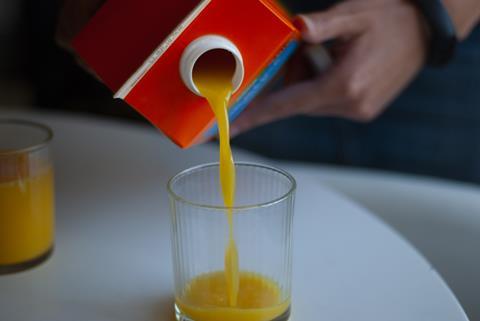
Orange juice prices have hit record highs as disease and poor weather in Brazil continue to wreak havoc on the sector.
The price of orange juice – already climbing since the end of 2022 – has risen sharply in the past month amid lower-than-expected production estimates from Brazil, the world’s largest exporter of the commodity.
A new report from Fundecitrus and CitrusBR said Brazilian orange farmers were facing their smallest crop in 36 years due to the impact of climate change and citrus greening disease.
The states of Sao Paulo and Minas Gerais were set to harvest 232.4 million 40.8kg cartons this year, a decrease of 24.3% on the previous season, the report said.
This has set OJ prices racing even higher. Concentrated orange juice futures on the Intercontinental Exchange in New York have nearly doubled in the past 12 months, and hit a record of $4.92 per pound on Tuesday (28 May).
Until this year, manufacturers had sought to mitigate soaring prices by blending from frozen orange juice stock, according to Mintec fruit & vegetables analyst Harry Campbell.
But several years of below average yields had depleted stocks and led to a run on prices, Campbell said.
“Because there’s no inventories left it’s very hard for anyone to get their hands on any juice stock,” he said, adding tight supplies owing to weather and greening diseases were “now being felt in quite a big way”.
The ongoing crisis was leading suppliers to explore alternative fruit juices for use in their drinks, according to Campbell.
“A lot of manufacturers are starting to blend more with other juices,” he said. “They’re trying to find ways of keeping the price down by not including as much orange juice in the product.”
UK-based supermarket juice suppliers have not reformulated to reduce the orange juice content in their products since February, according to analysis of Assosia data by The Grocer.
However, some suppliers are turning their attention to more affordable juices. British supplier Coldpress launched a new mandarin juice in February.
“Soaring orange juice prices” and unpredictable weather patterns were driving factors behind Coldpress’s decision to expand its citrus fruit horizons, according to founder Andrew Gibb.
Far from being an inferior alternative to orange, Spanish mandarins were “a fantastic, low-calorie winter fruit, packed with vitamins and minerals”, he insisted.
Purity Drinks Co, meanwhile, has renewed focus on its other juice flavours, launching its biggest ever marketing push for Juice Burst Apple this month.
“The decision to highlight apple is in response to the trends we’re seeing in the juice market – with consumers continuing to show their love for this classic flavour,” said Purity Drinks Co CEO Sarah Baldwin. “We are also taking the opportunity to remind consumers of the great innovation we have introduced over the past year.
“Neither Juice Burst Summer Fruits nor Juice Burst Peach Ice Tea are challenged by the orange juice inflation issue, and both have performed exceptionally well,” she added.
Rising orange juice costs for juice manufacturers, meanwhile, continue to trickle down to consumers in the form of higher prices.
The Grocer’s Key Value Items (KVI) tracker shows the price of one litre of own label orange juice has risen 36% over the past year, to £1.36.
Prices have remained stable month on month, however.



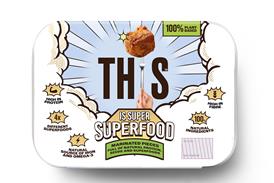




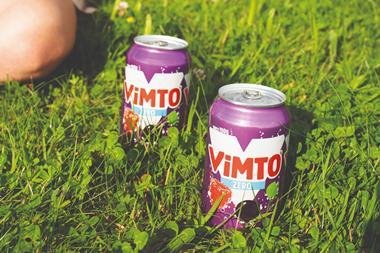

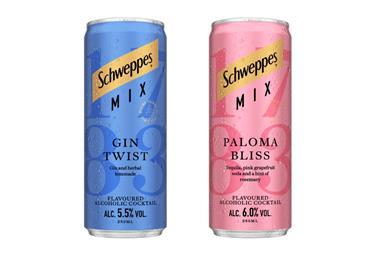
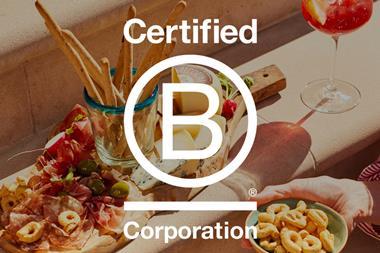

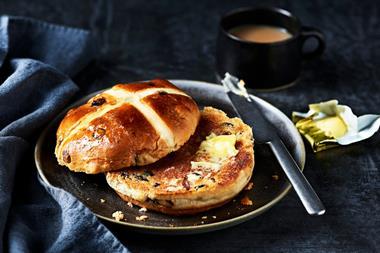
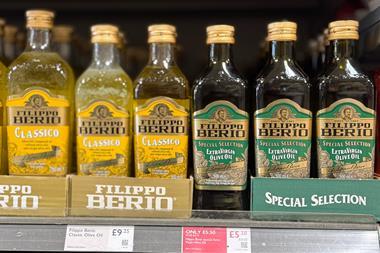




No comments yet